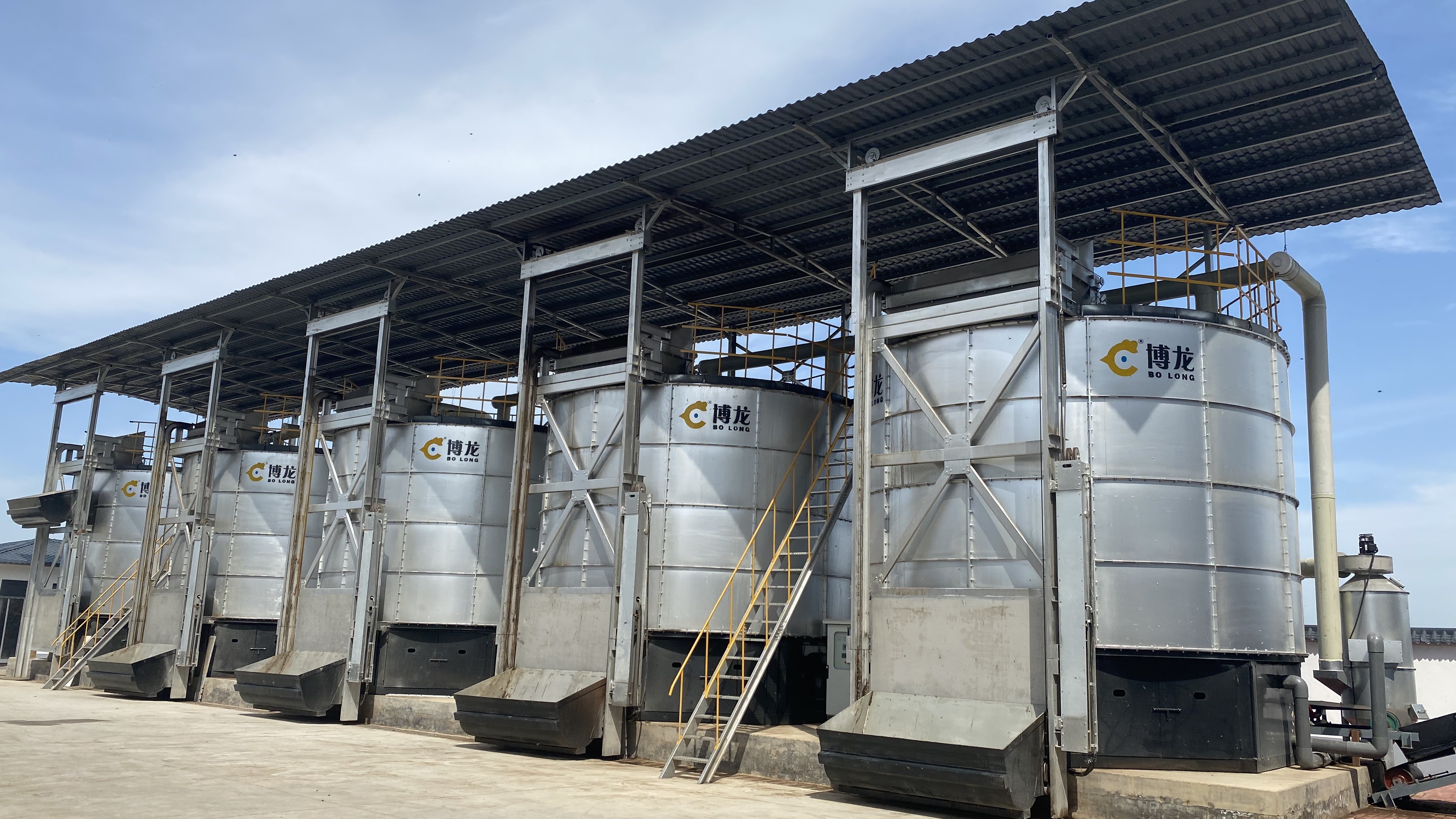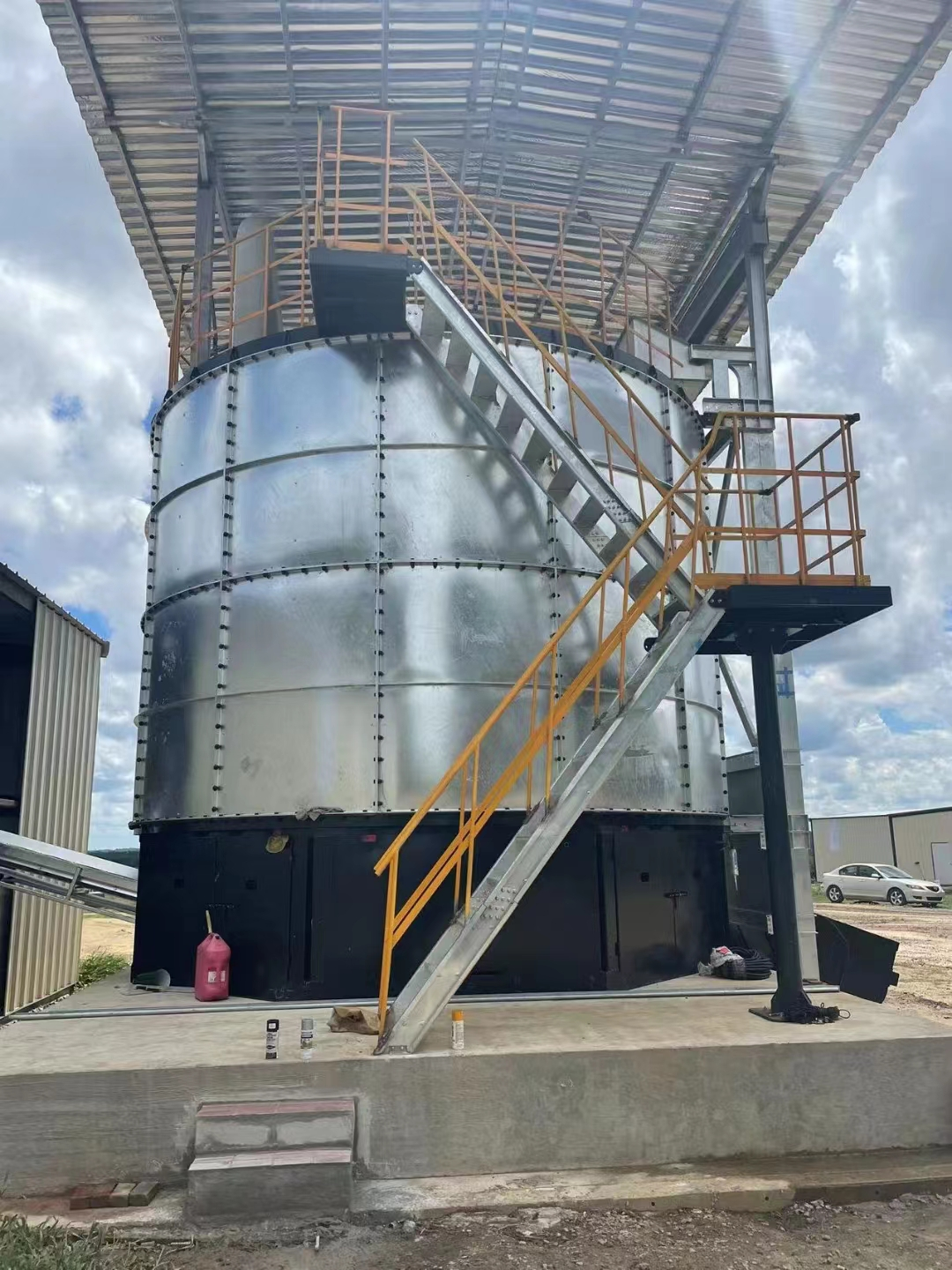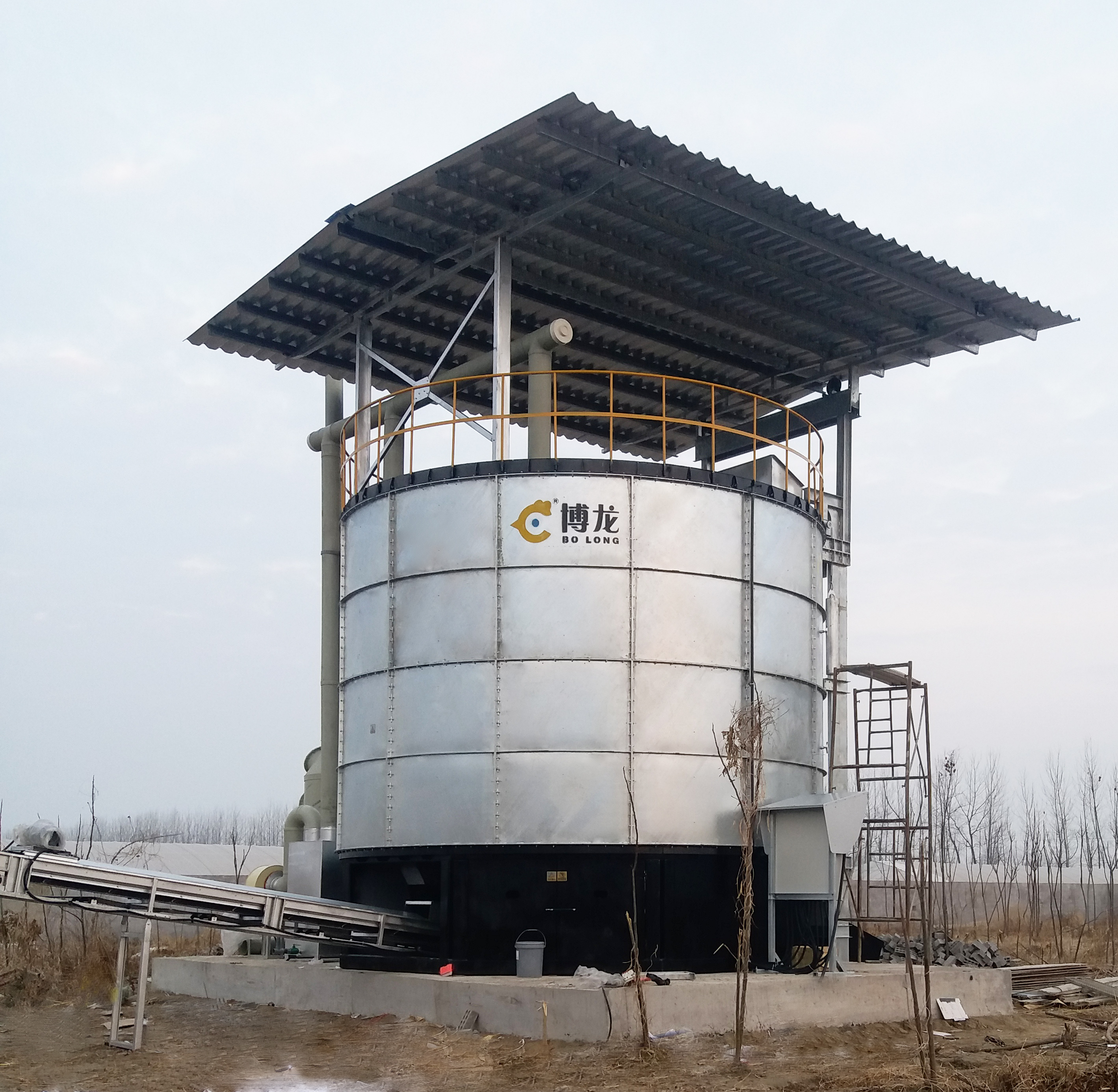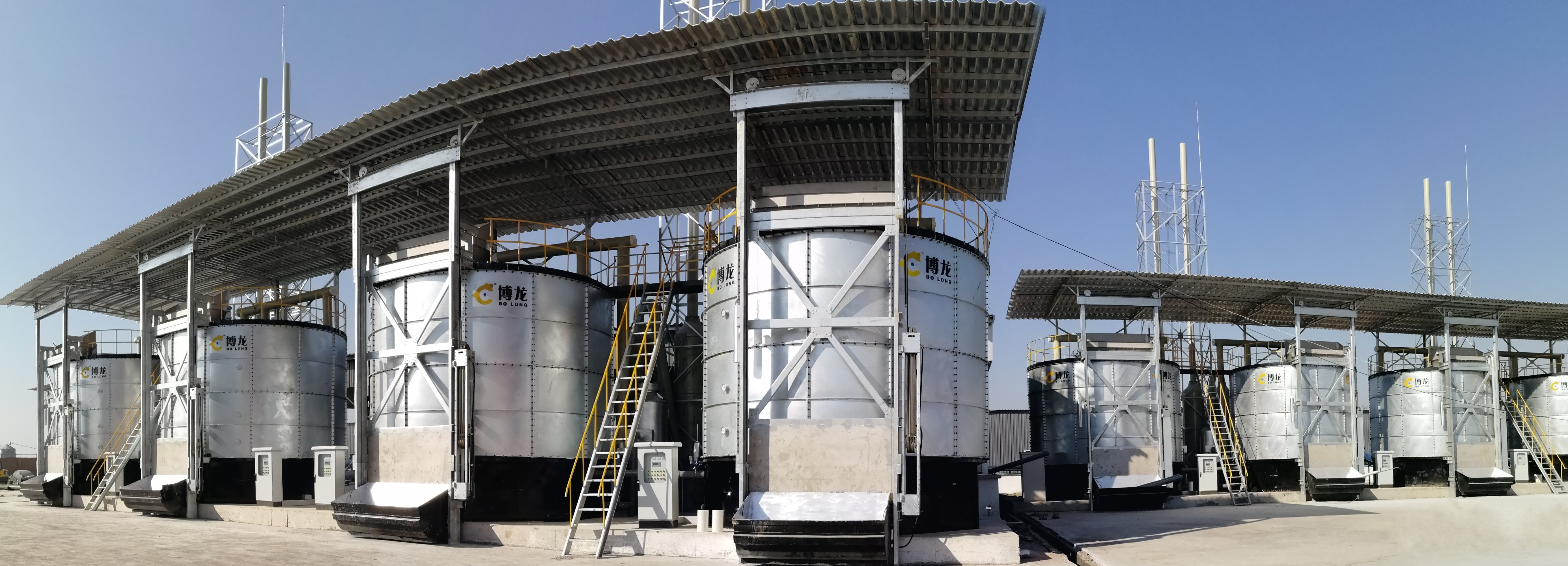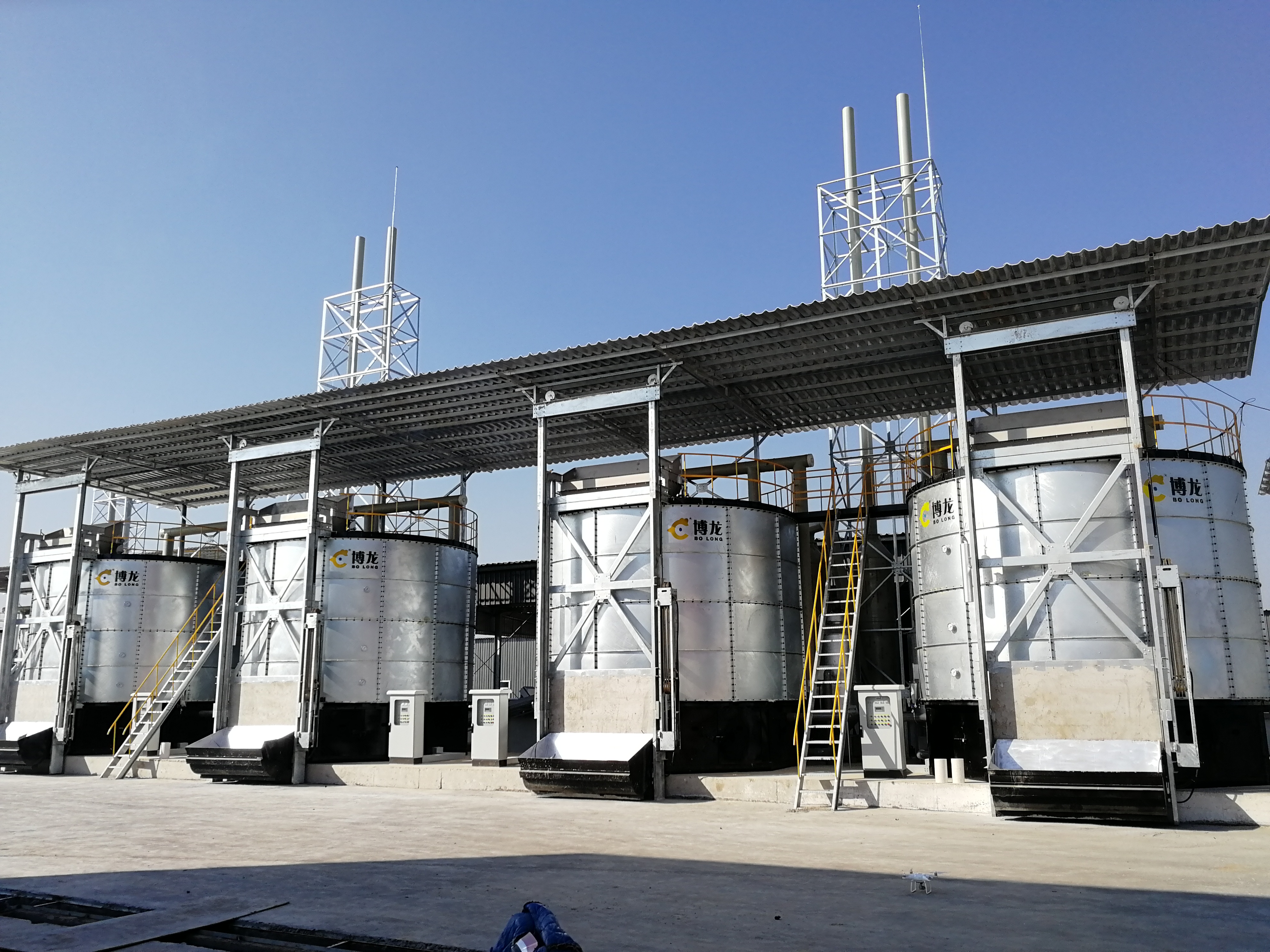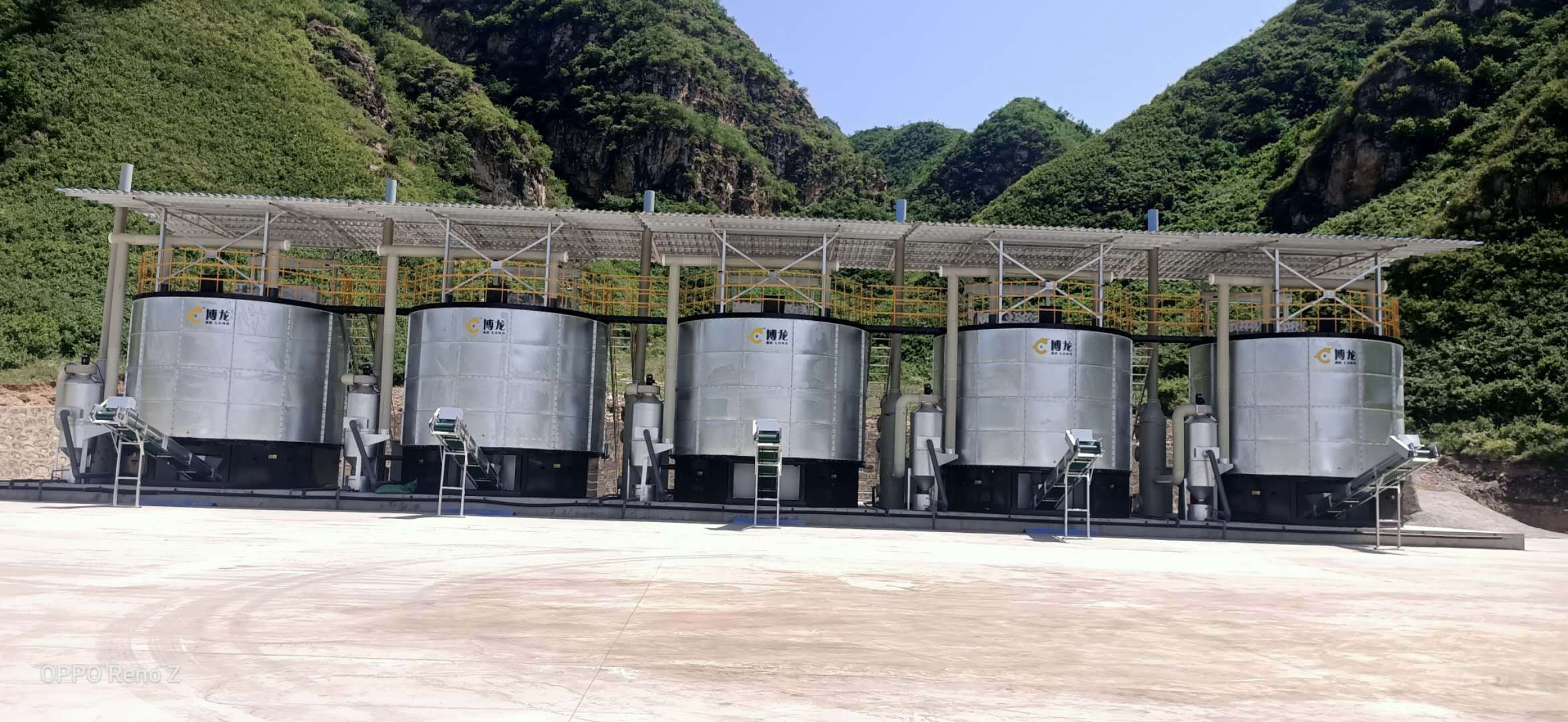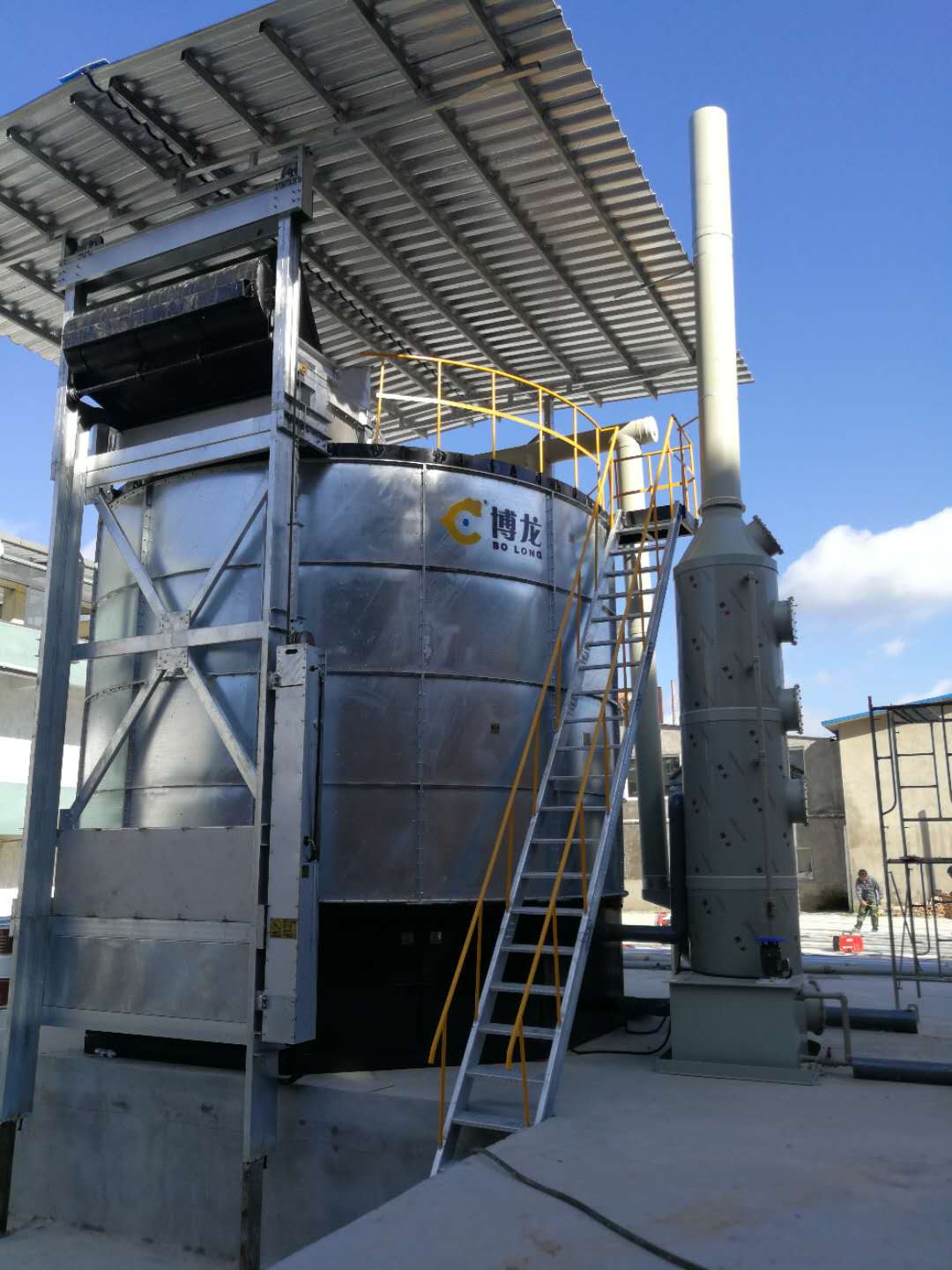Composting livestock and poultry carcasses. Quick facts. Composting is an approved method for disposal of poultry, swine, cattle, horses, sheep, goats and farmed deer. Always check with local authorities to understand local rules and processes before starting a mortality compost system.
